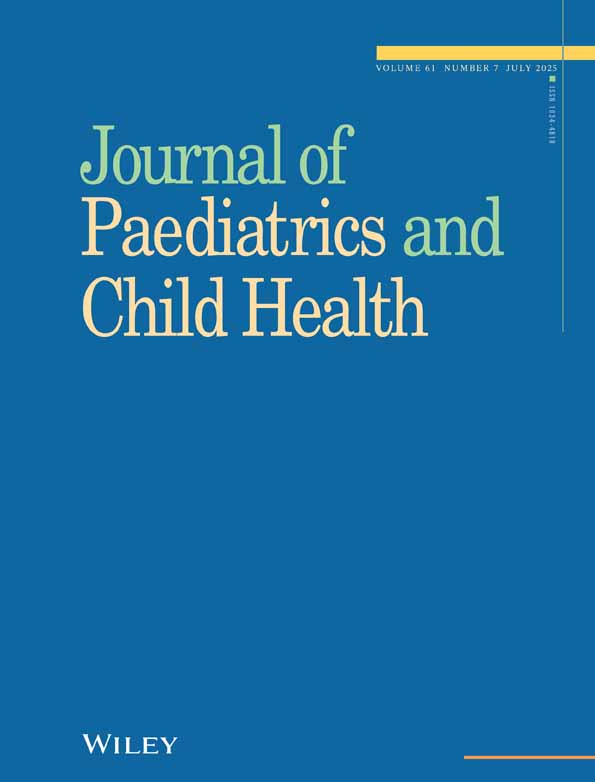Chronic diarrhoea in infants and young children: Causes, clinical features and outcome
Abstract
Objectives: To review the causes, clinical features and outcomes of Malaysian children who had chronic diarrhoea.
Methodology: A prospective study was performed on children with diarrhoea of more than 14 days’ duration who were managed at the Department of Paediatrics, University of Malaya Medical Centre, Kuala Lumpur from 1 January 1996 to 31 December 1997.
Results: Twenty-seven patients (14 boys and 13 girls) were studied. The median age of onset of diarrhoea was 6 months and the mean duration of symptoms before referral was 66.5 days. The underlying causes of diarrhoea were found to be: (i) prolonged diarrhoea due to well-defined entities (intestinal lymphangiectasia, two cases; congenital glucose–galactose malabsorption, one case; post-small bowel resection, one case; (ii) postenteritis diarrhoea (cow’s milk protein intolerance, eight cases; secondary lactose intolerance, four cases; transient monosaccharide intolerance, one case; (iii) gastrointestinal infections (nontyphoid Salmonella gastroenteritis, three cases; trichuriasis, two cases; amoebiasis, one case; adenovirus, one case; (iv) cases in which a firm diagnosis could not be established (three cases). The mean duration of hospital admission was 63 days. Sixteen cases required a change in diet, while nine cases required total parenteral nutrition. One death occurred.
Conclusions: Chronic childhood diarrhoea in Malaysia had a variety of aetiologies. A specific diagnosis could be established in 90% of cases. Making a diagnosis was important because this led to appropriate therapy and a good outcome in 96% of cases.




